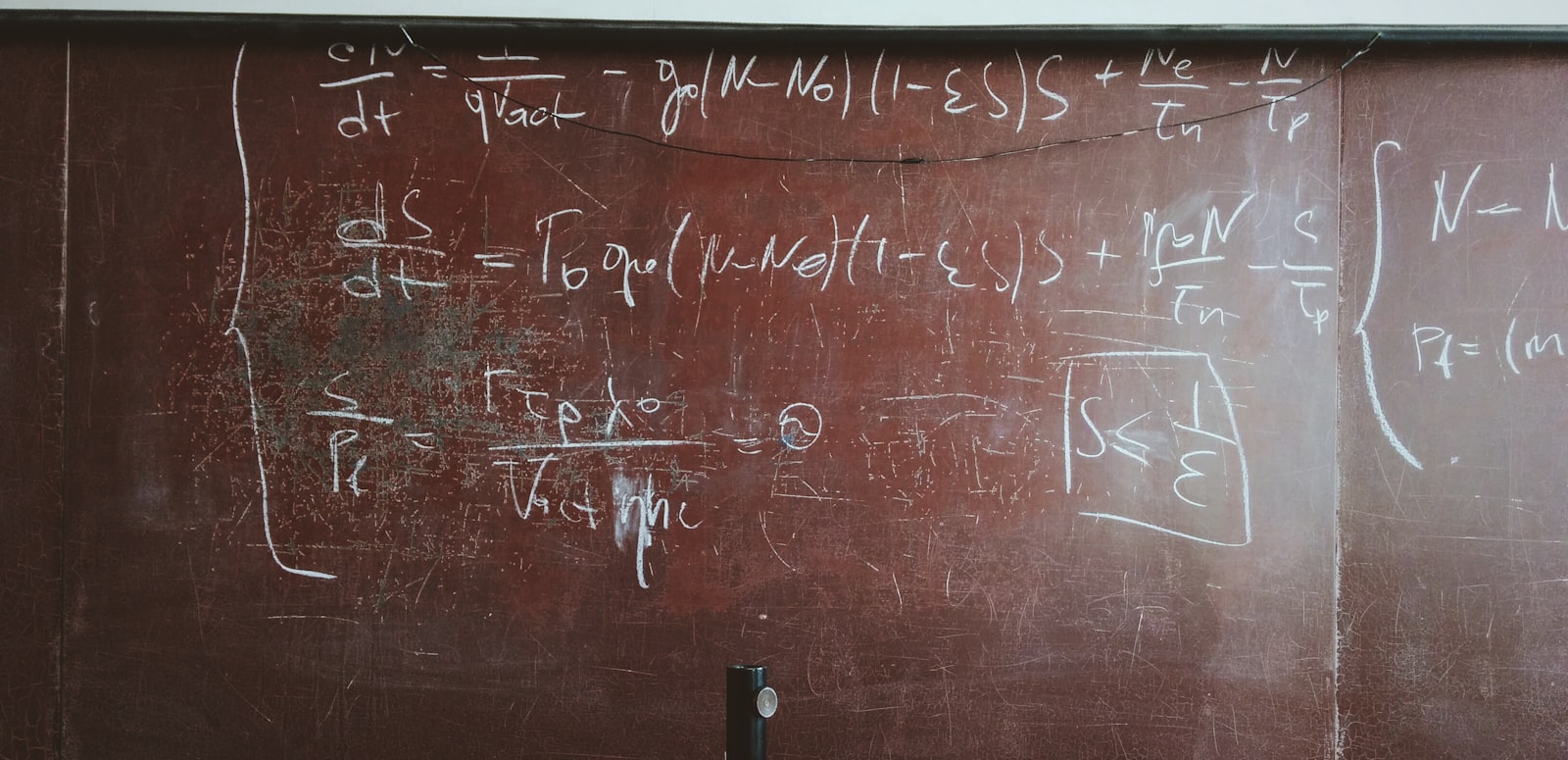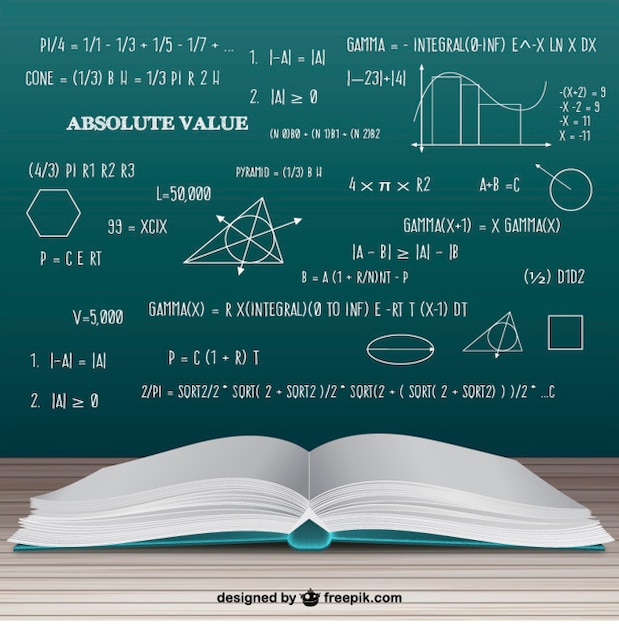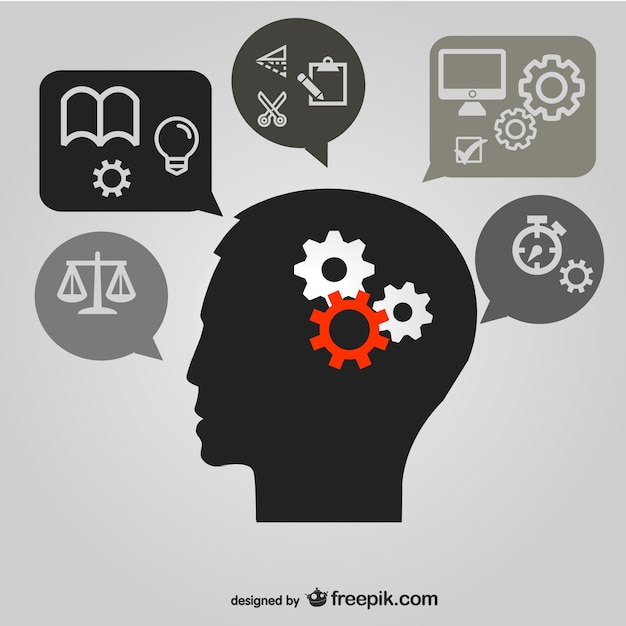What I will gain most from this collaborative doctoral dissertation is that I will continually use my academic degree to address the ideologies that underlie and perpetuate the deficit perspective. I want to have real impact on public education via STEM. As I become well-versed in defeating deficit ideology, I will feel more comfortable in guiding teachers and educational leaders in this same
process. In terms of my professional development, I will continue to “spot” STEM-foundational thinking deficit ideologies within our school district (Gorski, 2010, p. 20). It is a continual, uphill process of reminding teachers not to identify various student problems as “cultural.” Personally, I am always trying to “reflect on [my] own class socialization” (Gorski, 2010, p. 20), which actually brought me to this doctoral program. However, the largest obstacle I will face is getting teachers in our district to not “refuse to attribute oppression as ‘problems of culture’” (Gorski, 2010, p. 20). For example, we have multicultural nights where the focus is on culture and not systemic anti-racism. I would much rather spend our time together discussing what Howe (1992) refers to as equal education opportunity.
The benefits of collaboration with local school districts and other educational organizations are extensive. However, for our school district, I see the following advantages (in relation to STEM-foundational thinking and students of color) as paraphrased by William Powell: (a) STEM foundational thinking, instructional activities, and STEM pathways become more accessible to all students, (b) increase of direct student-teacher contact time, (c) greater and more varied (culturally responsive) ways to check for understanding, (d) fewer student referrals to the principal’s office, and (e) professional and personal growth through shared reflection and ongoing feedback. For example, current STEM instruction is not equitable for students of color. “This predicament necessitates the creation of a counter frame for what it means to be both racially conscious and an effective teacher, to the benefit of all students” (Cobb & Haynes, 2016, p. 284). This counter frame is culturally responsive pedagogy. Students of color are currently being disproportionally referred to the principal’s office or the responsibility for these students is being passed to special education teachers. Current assessments are biased against marginalized students. Having conversations on STEM-foundational thinking, race, and student achievement will give teachers the tools they need to create meaningful relationships with their students of color. All of this is vital if we are to close the STEM opportunity gap.
Obstacles are to be expected, the largest one being resistance to changing the current system of privilege. My goal is to use this dissertation research as a vehicle for creating what Caine and Caine (1991; 1997) refer to as “relaxed alertness” or the “optimal state for reflection and learning (Powell). This work will be challenging, but I want teachers, instructional coaches, and other educational leaders to not feel fear of being criticized, or worse, being called a racist. Overcoming biases and understanding privilege and oppression bring about knee-jerk defensive reactions. However, in order to successfully raise student achievement you must be willing to talk about students, and “if you can’t talk about racial identity, then you can’t talk about [students of color]” (Singleton & Linton, 2006, p. 168).
Institutional level. According to Henze, Katze, Norte, Sather, & Walker (2002), institutional racism is the sum of racial prejudice and institutional power. There are many different institutions where White racial knowledge in STEM operate. I have already discussed recommendations to provide more equitable STEM opportunities for students of color (see What next report). In order to disrupt systems of power and privilege, where STEM continues to be “only for White people” (Delpit, 2012, p. 14), I must continue working on the goals that I have set forth. I will push for deeper equity professional development within my own school district with topics in power dynamics, privilege, oppression, STEM-foundational thinking, and student achievement. Don Miguel Ruiz says:
This is the life that I want to live. This is the life that I envision for my own children and the students learning within my school district. In life, we are all interdependent. As a society, either we all succeed, or we all fail. With this in mind, I will work to end injustice in all forms, while perpetuating social justice for everyone. Imagining is the first step toward action and social justice action requires not only imaging a world without oppression and privilege, but also imagining what that looks like when these things do not exist within us.
The benefits of collaboration with local school districts and other educational organizations are extensive. However, for our school district, I see the following advantages (in relation to STEM-foundational thinking and students of color) as paraphrased by William Powell: (a) STEM foundational thinking, instructional activities, and STEM pathways become more accessible to all students, (b) increase of direct student-teacher contact time, (c) greater and more varied (culturally responsive) ways to check for understanding, (d) fewer student referrals to the principal’s office, and (e) professional and personal growth through shared reflection and ongoing feedback. For example, current STEM instruction is not equitable for students of color. “This predicament necessitates the creation of a counter frame for what it means to be both racially conscious and an effective teacher, to the benefit of all students” (Cobb & Haynes, 2016, p. 284). This counter frame is culturally responsive pedagogy. Students of color are currently being disproportionally referred to the principal’s office or the responsibility for these students is being passed to special education teachers. Current assessments are biased against marginalized students. Having conversations on STEM-foundational thinking, race, and student achievement will give teachers the tools they need to create meaningful relationships with their students of color. All of this is vital if we are to close the STEM opportunity gap.
Obstacles are to be expected, the largest one being resistance to changing the current system of privilege. My goal is to use this dissertation research as a vehicle for creating what Caine and Caine (1991; 1997) refer to as “relaxed alertness” or the “optimal state for reflection and learning (Powell). This work will be challenging, but I want teachers, instructional coaches, and other educational leaders to not feel fear of being criticized, or worse, being called a racist. Overcoming biases and understanding privilege and oppression bring about knee-jerk defensive reactions. However, in order to successfully raise student achievement you must be willing to talk about students, and “if you can’t talk about racial identity, then you can’t talk about [students of color]” (Singleton & Linton, 2006, p. 168).
Institutional level. According to Henze, Katze, Norte, Sather, & Walker (2002), institutional racism is the sum of racial prejudice and institutional power. There are many different institutions where White racial knowledge in STEM operate. I have already discussed recommendations to provide more equitable STEM opportunities for students of color (see What next report). In order to disrupt systems of power and privilege, where STEM continues to be “only for White people” (Delpit, 2012, p. 14), I must continue working on the goals that I have set forth. I will push for deeper equity professional development within my own school district with topics in power dynamics, privilege, oppression, STEM-foundational thinking, and student achievement. Don Miguel Ruiz says:
Imagine living your life without the fear of being judged by others. You no longer rule your behavior according to what others may think about you. You are no longer responsible for anyone’s opinion. You have no need to control anyone, and no one controls you, either.
Imagine living your life without judging others. You can easily forgive others and let go of any judgments that you have. You don’t have the need to be right, and you don’t need to make anyone else wrong. You respect yourself and everyone else, and they respect you in return.
Imagine living without the fear of loving and not being loved. You are no longer afraid to be rejected, and you don’t have the need to be accepted. You can say, ‘I love you’ with no shame or justification. You can walk in the world with your heart completely open, and not be afraid to be hurt.
Imagine living your life without being afraid to take a risk and to explore life. You are not afraid to lose anything. You are not afraid to be alive in the world, and you are not afraid to die.
Imagine that you love yourself just the way you are. You love your body just the way it is, and you love your emotions just the way they are. You know that you are perfect just as you are (1997, pp. 124-125).
This is the life that I want to live. This is the life that I envision for my own children and the students learning within my school district. In life, we are all interdependent. As a society, either we all succeed, or we all fail. With this in mind, I will work to end injustice in all forms, while perpetuating social justice for everyone. Imagining is the first step toward action and social justice action requires not only imaging a world without oppression and privilege, but also imagining what that looks like when these things do not exist within us.









